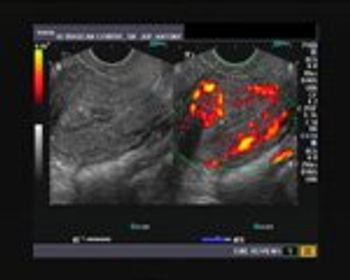0) No Pain1) Slight Pain, slight ache, pain comes and goes very mild. Able to perform all tasks normally and pain is easily forgotten while attending to something else. No pain medications required.2) Slight pain which lasts a bit longer, still able to perform usual tasks and again, if concentration is shifted away from the pain, the pain is forgotten about. No pain medications required.3) Pain is more noticeable and it comes and goes more frequently. Still able to perform usual tasks but it takes a bit of effort. Mild analgesic usually will help with this type of pain.4) The pain lasts for longer periods, it is much more noticeable and it is starting to bother and interfere with concentration and tasks requiring more effort and concentration. Mild analgesia should alleviate this type of pain, maybe more doses than one single dose may be required. A hot pack or ice pack may also help alleviate the pain.5) The Pain is now very noticeable, it is interfering with everyday tasks and a pain reliever is now required at 4 to 6 hourly intervals. Depending on the patient, someone with acute pain, may still respond well to mild analgesia probably at 4th hourly, maybe with added codeine (if the patient is able to take it) and even heat or ice may help with some relief of this level of pain.6) The Pain level is medium heading towards strong now and it is becoming more constant and it is not easily forgotten about. Pain relief is now required and it may need to be stronger than just mild analgesia, added codeine may help with the level of pain relief, this all depends on whether the pain is acute or chronic and on the patient's actual level of pain tolerance. A chronic pain patient may still have this level of pain even with strong pain relief.7) The pain level is now medium to strong and the pain is continuous. It is not relieved by mild to medium analgesia. Stronger narcotics are now required for pain relief. Chronic pain patients may still be at this level, even with strong narcotic pain relief. Heat may also aid with relief. Its becoming harder to concentrate due to the strength of the pain.8) The pain is becoming unbearable, strong narcotic pain relief is required. The chronic and acute pain patient will be irritable, hot and may be flushed, perspiration may be noticeable. Blood pressure may also be elevated. Patient may start to shake a bit if the pain has been going on for too long.9) The pain now is unbearable, only strong narcotic pain relief for the acute patient will help with the pain. The chronic pain patient will be irritable, the patient may be flushed and their palms are usually sweaty, blood pressure usually raised, pain relief needs to be increased and re-assessed. Nausea or vomiting may be present. The patient may be trembling or shaking due to the amount of pain, moaning and groaning may be present. Whether the pain is acute or chronic, the patient is usually unable to sleep or concentrate on the smallest task.10) The pain level is totally unbearable, the patient maybe vomiting or can even lose consciousness. The patient may also become delirious, moaning and groaning without making any sense. The blood pressure may still be elevated or by now may have dropped and the patient may go into shock. The patient must be treated by his/her symptoms, if cold, then the patient should be kept warm and if hot they should be cooled down. Pain relief is needed urgently. The patient may even become incontinent.



